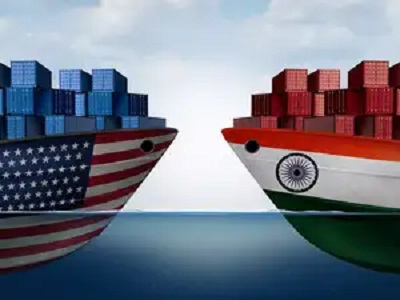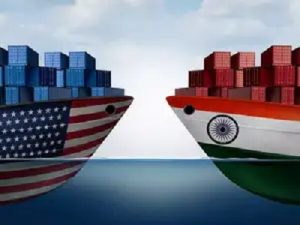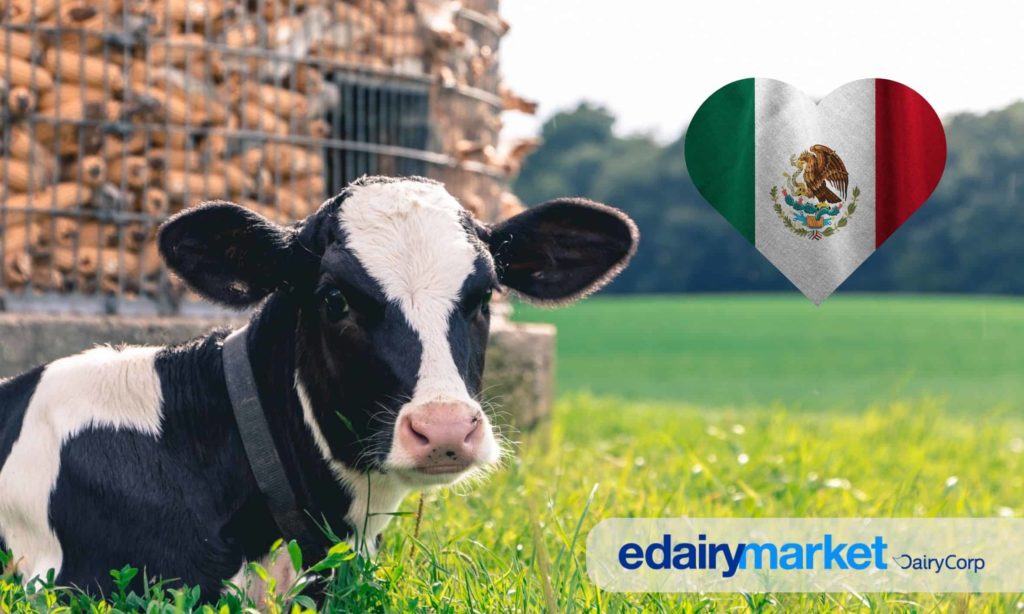
New Bilateral Trade Agreement set for November announcement includes duty-free US soyabean, corn, and specific dairy products.
The long-awaited US-India Bilateral Trade Agreement is poised for an announcement before the end of November, following the anticipated withdrawal of U.S. penalty tariffs—a move linked to the resolution of the Russian oil issue. This deal represents a major step in reinforcing the two nations’ trade ties. Critically for the global agribusiness sector, the agreement includes provisions for India to allow the duty-free import of key U.S. agricultural commodities, specifically soyabean, corn, and certain dairy products, signaling a calculated opening of one of the world’s most protected food markets.
While the opening of the Indian market to U.S. dairy is a significant trade victory, the access will be strictly limited and carefully managed. India has agreed to import only “certain dairy products” and has explicitly imposed safeguards to protect its massive domestic dairy sector. Notably, the agreement will not include liquid milk, a critical exclusion for the highly sensitive domestic producer base. This calculated concession addresses the historical “red line” concerns of the Indian government, which has repeatedly promised its farmers that their interests would not be compromised in any comprehensive trade deal.
In addition to dairy, the trade pact provides clear pathways for U.S. grain imports. India plans to allow the import of both soyabean and corn. The imported corn is strategically earmarked for use in the nation’s growing ethanol production sector, providing a strategic benefit beyond food consumption. For soyabean, India will specifically purchase non-genetically modified product directly from the U.S. industry, though the U.S. is not heavily pressing this point due to current strong Chinese demand absorbing much of the supply.
A crucial element being finalized by negotiators is the reciprocal tariff rate, which will apply to various traded goods. Two primary options are under discussion: a range between 12 and 15 percent or a higher band of 15 to 19 percent. The Indian side is actively pushing for the lower rate, which would position India’s tariff structure below the European Union’s 15 percent deal with the U.S. Regardless of the final outcome, the tariff will be significantly better than the 19-20 percent rate currently applicable to several Asian countries that previously entered similar deals.
The impending deal resolves most product differences, ensuring India imports strategically important commodities while maintaining critical barriers in sensitive areas. By agreeing to duty-free access for specified products and setting favorable reciprocal tariffs, the pact creates a new, stable trading environment. This historic step forward in U.S.-India relations demonstrates a carefully negotiated balance between opening the world’s fastest-growing major economy to foreign agricultural trade and rigorously safeguarding the economic future of its domestic dairy and farming community.
Source: Read the full report on the trade negotiations in Deccan Chronicle.
You can now read the most important #news on #eDairyNews #Whatsapp channels!!!
🇮🇳 eDairy News ÍNDIA: https://whatsapp.com/channel/0029VaPidCcGpLHImBQk6x1F

















